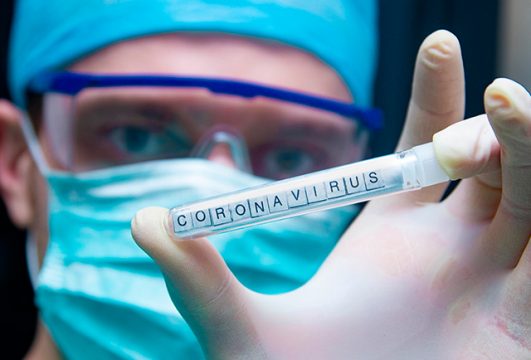As the number of confirmed cases increases throughout the globe, a picture is emerging as to what the direct cardiovascular effects of this pandemic may be.

World-renowned physicians such as Alaide Chieffo (from the San Raffaele Hospital, Milan, Italy) have declared that coronavirus came completely unexpected and has put healthcare systems on the verge of a breakdown. The number of beds, the intensive care units, supplies and equipment for mechanical ventilation are all limited, and so is the protective equipment for physicians. Consequently, slowing down the contagion rate is absolutely fundamental.
In the meantime, elective interventional cardiology procedures have been reduced by 80% in referral hospitals that are now caring for the growing needs of coronavirus patients.
Read also: ACC Recommendations against the New Coronavirus.
There were early warnings that myocarditis might be one manifestation of COVID-19 infection. However, physicians such as Junbo Ge, who studied this phenomenon directly in Wuhan City, China, did not see any signs of direct virus infiltration of the myocardium in an electron microscope.
There is, however, a considerable proportion of patients with coronavirus infection who do have elevation of troponin, but that does not indicate myocardial injury: we are dealing with multiorgan damage, and the heart is just another victim.
Many patients, after recovering from coronavirus infection, present evidence of lung fibrosis, but no myocardial injury, since the troponin and pro-BNP elevation normalize after discharge.
Read also: Coronavirus | Recommendations to Stop the Pandemic.
Last week, SOLACI published the first recommendations of the American College of Cardiology (ACC) on cardiac complications and comorbidities of COVID-19 infection. In that document, the ACC highlighted that most patients hospitalized with the virus had a history of cardiovascular, cerebrovascular, and diabetes-related comorbidities.
A report from China, published in the Lancet, showed that 40% of all admitted patients had a history of cardiovascular or cerebrovascular disease, and 12% had diabetes. JAMA published something similar: nearly half of the patients had at least one comorbid condition, such as hypertension, diabetes, or cardiovascular disease.
Some observations regarding flu season could be replicated for COVID-19. For example, during flu season there are more implantable cardioverter defibrillator shocks. With generalized inflammation as a trigger, similar situations might be expected with COVID-19.
The same might happen with any heart failure exacerbations.
There are approximately 80 trials now recruiting patients for studies testing antiviral agents and vaccines, while trying to understand the whole disease process.
In the meantime, as cardiologists, the most important thing for us seems to be abiding by clinical practice guidelines as regards prevention, particularly secondary prevention. The lower the baseline risk, the lower the risk of events in case of an infection with this new virus.
Subscribe to our weekly newsletter
Get the latest scientific articles on interventional cardiology
We are interested in your opinion. Please, leave your comments, thoughts, questions, etc., below. They will be most welcome.





